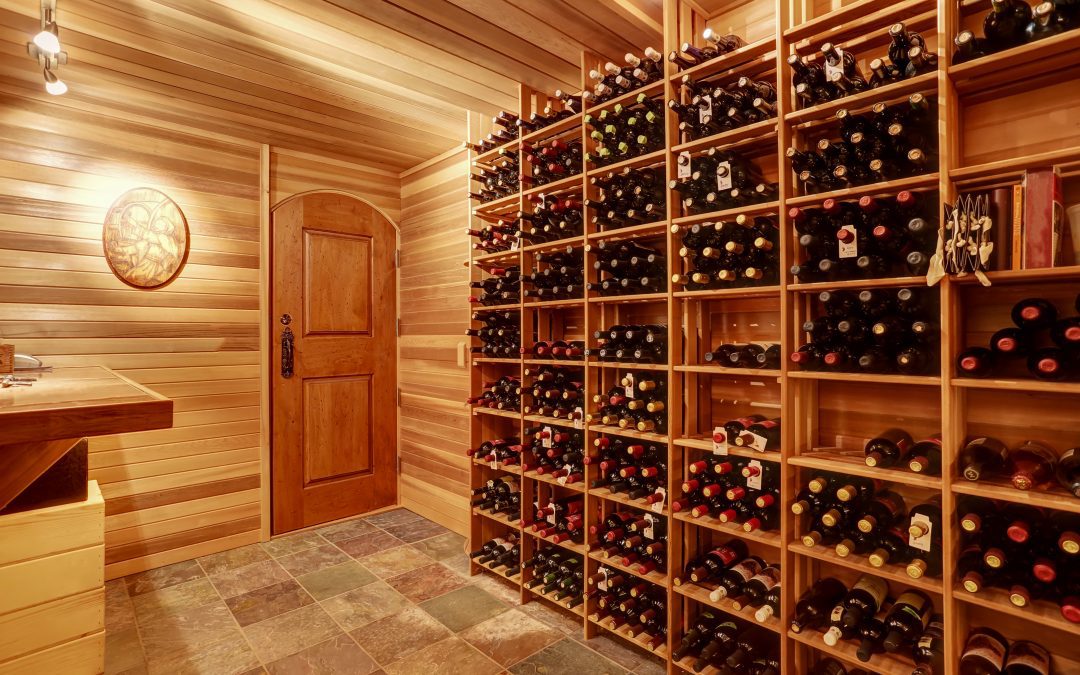Wine cellars have long been a symbol of elegance, sophistication, and a love for the finer things in life. They’re not just a space to store bottles; they’re a sanctuary for wine enthusiasts. While some things like the type of wine racks or the cooling units are important, the door to your wine cellar is the first impression. Let’s discuss everything you need to know about custom wood wine cellar doors.
The Right Location in Your Home
The location of your wine cellar sets the tone for everything else. Often, wine cellars are located in basements to take advantage of natural insulation. Others prefer their dining room or even a spare room. Your chosen location should be convenient, have stable temperature conditions and ideally be away from direct sunlight.
Wine Storage Needs
Before diving into door designs, consider your storage needs. The amount and types of wine you intend to store will determine the size of your wine cellar. Whether you’ll have a mix of reds, whites, and other varieties can also influence your cooling and storage solutions.
Wine Cellar Doors
Now, to the main subject—wine cellar doors. The door is what seals the climate-controlled environment inside your wine cellar. It’s essential to choose a door that not only fits the aesthetic but is also functional. Doors must be well-insulated and tightly sealed to maintain the right environment for your wines.
Wood Type
When it comes to custom wood doors, the type of wood plays a big role. Some popular options are Mahogany, Redwood, and Pine. Mahogany is durable and works well in a variety of climates. Redwood is resistant to decay and offers a rustic look. Pine is less expensive but tends to expand and contract with temperature changes.
Style
The style of your door is where you can let your personality shine. Whether you want a traditional look, a modern aesthetic, or something entirely unique, the possibilities are endless. Incorporate elements like glass panels, ironwork, or intricate wood designs to make your door a focal point.
Sizing
Size does matter when it comes to wine cellar doors. Standard doors are often not adequate for sealing in the climate-controlled air. Custom doors can be made to fit your specific dimensions, ensuring a tight seal.
Infrastructure for Your Wine Cellar
The door is just one piece of the puzzle. Electrical systems, lighting, and even a music system can make your wine cellar truly exceptional. Make sure to plan for these elements when designing your space.
Flooring
Flooring options range from traditional hardwood to unique choices like cork or stone. The flooring should complement the overall design and also be able to withstand the cool, humid environment of the cellar.
Cooling Units
Proper temperature control is crucial. Invest in a good cooling unit specifically designed for wine cellars to maintain the ideal conditions for your wines.
Walls and Ceiling Design
The design doesn’t stop at the door. Consider adding murals, stonework, or other artistic elements to your walls and ceiling to complete the look.
Contact Master Doors for Custom Wine Cellar Doors That Make Your Wine Cellar Shine
When it comes to custom wood wine cellar doors, Master Doors is the expert. We understand the intricacies involved in creating the perfect entryway to your sanctuary. Don’t settle for anything less; let us help you design a door that complements your wine cellar and makes it shine, and contact us to get a quote.



